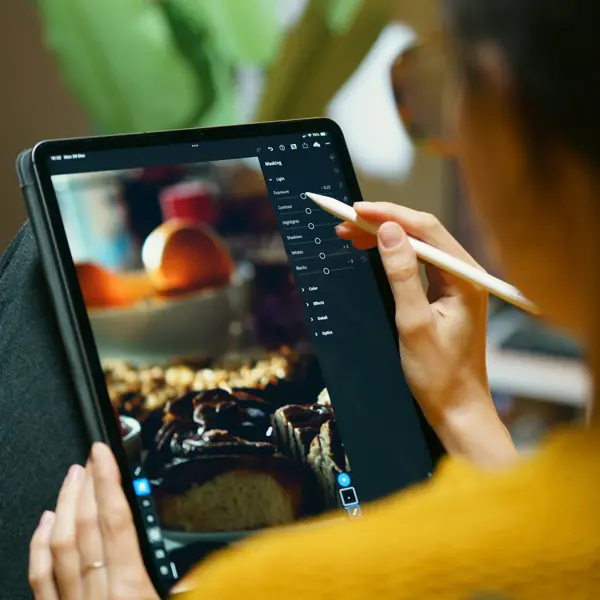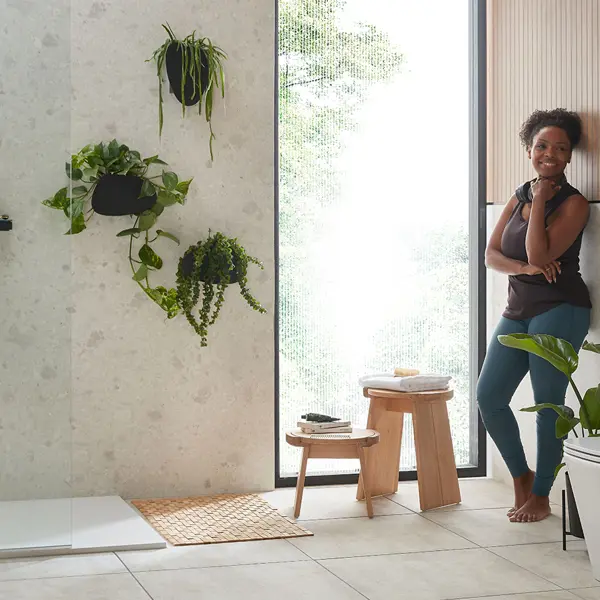
In my first year at college studying Graphic Design, I remember walking into The Old Library in Leamington Spa and being shown around the basement floor. There, housed in a dimly lit studio, were stations of the latest Apple Macs, pristine, powerful and, at the time, out of reach.
We were told we wouldn’t be allowed to use them until our second year.
At first, this felt like a setback. Why dangle these shiny, awesome machines in front of us only to withhold access? But, what followed was a key lesson. Our tutors told us plainly: the Mac is a powerful tool, but it doesn’t make you a designer. Rely on it too early and you risk skipping the real work, exploration, iteration, presenting without polish. A computer, they said, is to creativity what a microwave is to cooking.
I kind of understood it but didn’t truly appreciate it at the time. But today (24 years later), as we integrate Generative AI (GenAI) into creative and strategic processes, the lesson feels even more relevant.
A seductive shortcut
There’s no doubt that GenAI, from text to image to code, is a breakthrough. It can generate variations at scale, synthesise patterns in seconds and reduce production time dramatically. But its strength is also its danger. If we lean too heavily on it, we bypass the part of creativity that gives our ideas soul: constraint, lived experience, trial and error, happy accidents.
We are now swimming in a datascape so vast that it threatens to overwhelm. The sheer volume of options available to us is paralysing in its own way. But, more crucially, AI can only remix what already exists. It cannot yet draw from the kind of contextless serendipity that so often births something iconic.
Back to the future (literally)
I’ve recently been rewatching films from the ‘80s and ‘90s, such as Back to the Future, Star Wars and Jurassic Park. What strikes me is how tactile those fictional worlds felt. There were no massive (and multiple) CGI teams pulling from global asset libraries. Everything had to be built physically. Models, props, environments. When the creators wanted to imagine a piece of future tech, like the Mr. Fusion reactor on the back of the DeLorean, they started from scratch.
The Mr. Fusion was actually a modified Krups 223A coffee grinder. Someone, somewhere, saw that everyday object and thought: “This could work”. They adapted it, changed its context and made it believable. That moment of seeing a coffee grinder and repurposing it as a futuristic energy device couldn’t have come from a dataset. It came from a lived, human experience – a prediction of the future combined with the limitations of physical production. It’s why it worked.
That’s the part of creativity that machines can’t reach. The microwave metaphor still holds… technology accelerates, but doesn’t replace, the foundational craft.

Why being grounded beats gloss
To start, I’m very excited by these new technologies but we have all felt the uncanny valley. A face that’s almost real, an animal whose movement is slightly off, a scene that looks fine until the eye notices the missing weight. The best films blended synthetic and practical effects so that the unreal sat on top of what we already trust.
AI outputs often have the opposite problem. They are readable, polished and plentiful, yet emotionally thin when they’re not anchored in lived context. Audiences pick up the difference. They do not only judge what is shown. They judge how it was made and whether it rings true.
This is not an argument against AI. On the pro-AI side, the tools expand peripheral vision and surface non-obvious adjacencies. They can simulate constraints early, letting you test trade-offs before you spend and, by compressing production time, they can give you more hours for research, field observation and testing with real people.
On the cautionary side, the creep of uniformity is a real risk. Without grounding, outputs converge on the mean. Provenance matters, trust grows when you can show the path, not only the result and culture drifts toward shortcuts unless leaders set and model better norms.
The practical conclusion is simple. Treat AI as instrumentation for sensemaking, keep the friction that produces judgement and anchor the synthetic to something real.
Can you prompt your way to originality?
That first-year restriction of banning us from using the Macs was an invitation. Go and experience the world. Observe things differently. Try, fail, get your hands dirty. Present unfinished ideas. Talk about your process. Build your own mental media library. Learn to create without the tech before you learn to create with it. Be human.
It’s still a lesson I try to live by and share with others, especially now. GenAI is a brilliant tool. But it needs to be anchored to something real. Constraints – time, material, memory, perspective – shape better outcomes. They make ideas believable, applicable and often more innovative.
For me, that anchoring still begins with something deceptively simple: a blank piece of paper and something that makes a mark. A pen, a pencil, even a blunt crayon – it doesn’t matter. If I have that in front of me, it tells me something important: I have an idea. Making marks, crossing things out (no erasers or correction fluid allowed) lets something essential happen. It externalises the thinking. It makes it visible. Looking back over the past 24 years from student to Graphic Designer, Creative Director to today as J+P’s Director of Consultancy, my best solutions have almost always started this way.
In the rush to adopt new tools, we mustn’t forget that the most iconic ideas often come from the right person, with a clear ambition, seeing the right thing at the right time and being able to connect the dots. A coffee grinder doesn’t become Mr. Fusion by accident. It becomes it because someone saw what it could be, not just what it was. And this is the point: those who will succeed in the age of AI won’t be the best prompters – they will be the best thinkers. It’s the CEO and Board who manage a fixed and mobile communications provider who faces high capital costs to expand fibre. They decide to acquire a gas company because they see ready-made infrastructure for fibre optic roll outs. It’s the person who looks at a plug socket and sees a face. The ear that hears a microwave beep and catches the start of a killer beat.
This is what inspires belief. It applied 24 years ago when I first walked into that studio, and it will matter even more in the years ahead.
If you'd like to talk to us about how we can help you build belief, get in touch.



